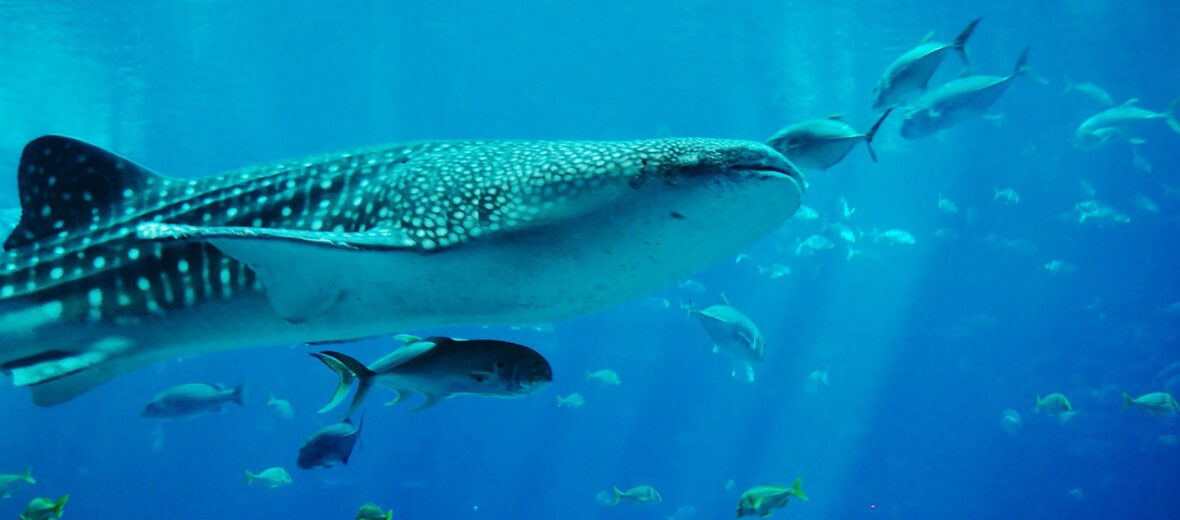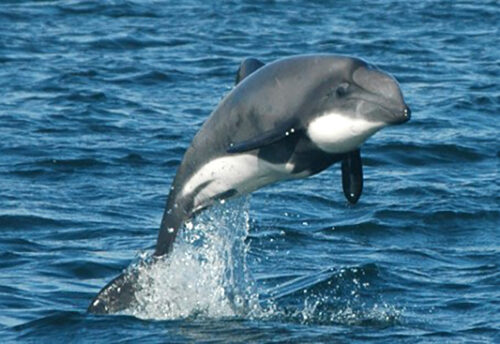
The massive whale shark can be found in a variety of waters. To see one is a spectacle to behold. They can be found in the waters off the coasts of the Seychelles, Honduras, the Philippines, the Maldives, Western Australia’s Ningaloo Reef, Thailand, Isla Mujeres-Mexico, La Paz-Mexico, and Sri Lanka. Whale sharks are not actually whales at all, but fish and part of the shark family. They are the largest known fish in the world.
First the Stats…
Scientific name: Rhincodon typus
Weight: Up to 41,000 lbs.
Length: Up to 33 feet
Lifespan: Up to 100 years
Now on to the Facts!
1.) These fish are filter feeders that feed primarily on plankton. They will also sieve krill, squid, and smaller fish.
2.) Sharks and marlins are the young whale shark’s biggest predators.
3.) Whale sharks have around 300 rows of tiny but sharp teeth. However, they don’t use them for eating or defense.
4.) Due to the impacts of bycatch losses, fisheries, and vessel strikes the whale shark is listed as Endangered by the IUCN.
5.) A whale shark will typically feed via suction. It swims up to a thick cluster of plankton or small fish and creates a suction that brings in large amounts of food into their mouth. Then they filter out the water and force the food down their throat.
But wait, there’s more on the whale shark!
6.) Female whale sharks are ovoviviparous. What that means is that whale sharks hatch from eggs that are stored inside their mom’s womb. Then, when ready, the babies exit fully-formed.
7.) Being migratory, they can swim about 8,000 miles in just few days!
Did you know…?
The whale shark reaches sexual maturity at around 30 years old.
8.) These fish are covered in denticles (hard, tooth-like scales). However, their bellies are softer and vulnerable.
9.) Slow swimming is their thing. They cruise the oceans at about 3 mph.
10.) Females can give birth to around 300 babies, called pups.
Now a Short Whale Shark Video!
Also, check out the Critter Science YouTube channel. Videos added frequently!
Want to suggest a critter for me to write about? Let me know here.



